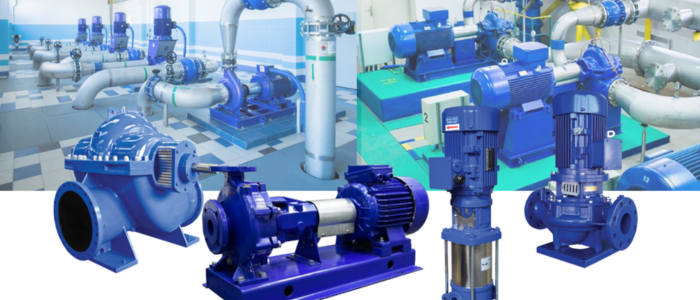Avoiding these mistakes can significantly enhance the efficiency, lifespan, and reliability of your pumping system. Failing to do so can lead to costly damages, operational inefficiencies, and even safety hazards. Below, we’ve outlined some of the most common errors buyers and operators make—and how to avoid them.
Ignoring the Installation, Operation, and Maintenance (IOM) Manual
One of the biggest but easiest mistakes to avoid is failing to read the Installation, Operation, and Maintenance (IOM) manual before installing a pump.
Why This is a Problem:
Many field issues arise simply because users have not reviewed the manual. Whether it’s incorrect installation, improper maintenance, or safety risks, these problems could have been prevented if the user had read and followed the IOM manual.
Solution:
- Always read the IOM manual thoroughly before installation.
- Encourage employees or operators to refer to the manual for troubleshooting guidance.
- Even if you consider yourself an industry expert, don’t skip the basics—the manual may contain important manufacturer-specific guidelines that prevent expensive mistakes.
Running the Pump in Reverse (Incorrect Rotation)
Why This is a Problem:
Pumps are designed to operate in a specific rotational direction—clockwise (CW) or counterclockwise (CCW). Running the pump in the wrong direction reduces efficiency, causes mechanical failure, and can damage components like shafts and bearings. This issue is particularly severe for ANSI pumps with fan-cooled shafts.
How to Detect Incorrect Rotation:
- Listen for unusual noises upon startup.
- Check the directional arrow on the pump housing before switching it on.
- Verify rotation before coupling the motor to the pump.
Solution:
- Perform a test run without load to confirm proper rotation.
- If the pump rotates incorrectly, swap any two power leads on a three-phase motor to correct it.
- Train operators to double-check the manufacturer’s specifications before operation.
Starting the Pump Without Bearing Oil
Why This is a Problem:
A common misconception is that pumps come pre-filled with oil. However, most pump manufacturers ship pumps without oil, as regulations restrict the transportation of hazardous fluids.
Running a pump without oil causes immediate and irreversible damage to the bearings, leading to:
- Overheating
- Increased friction
- Premature equipment failure
Solution:
- Before starting any new pump, check and fill the bearing oil as specified in the manufacturer’s manual.
- Use the correct type and grade of oil recommended by the manufacturer.
- Inspect oil levels periodically and refill if needed to ensure smooth operation and extended pump life.
Misunderstanding Net Positive Suction Head (NPSH)
Why This is a Problem:
A widespread misconception is that pumps “suck” liquid into the system. In reality, pumps only move liquid that is already present. If the system does not have enough suction pressure (NPSH Available – NPSHA) to maintain flow, the pump can experience cavitation, leading to:
- Loud rattling or cracking noises
- Impeller erosion
- Reduced efficiency and failure
Solution:
- Calculate NPSH Required (NPSHR) vs. NPSH Available (NPSHA) before selecting a pump.
- Ensure suction piping is properly designed to maintain adequate fluid flow.
- Avoid unnecessary bends, valves, or restrictions in suction lines that could cause pressure loss.
Running Multiple Pumps Without Proper System Design
Why This is a Problem:
Many operators assume that starting an additional pump in a system will automatically increase flow.
However, if the system is not designed for parallel operation, this could:
- Reduce efficiency instead of increasing output
- Cause turbulence and pressure fluctuations
- Lead to pump overload and failure
Solution:
- If running multiple pumps, ensure the system is designed for parallel operation.
- Use a flow control system to balance loads between pumps.
- If unsure, consult a pump engineer before running multiple pumps simultaneously.

